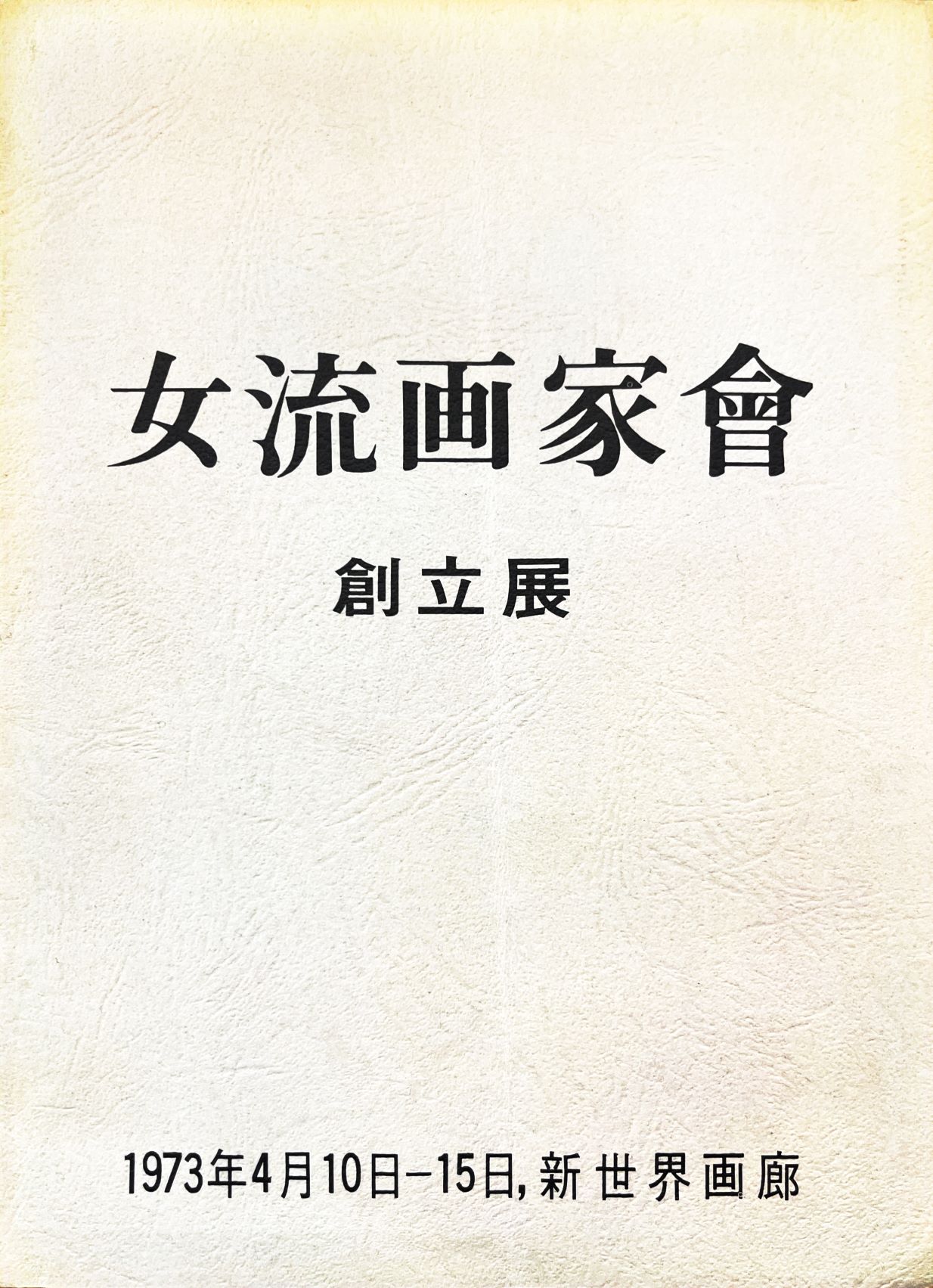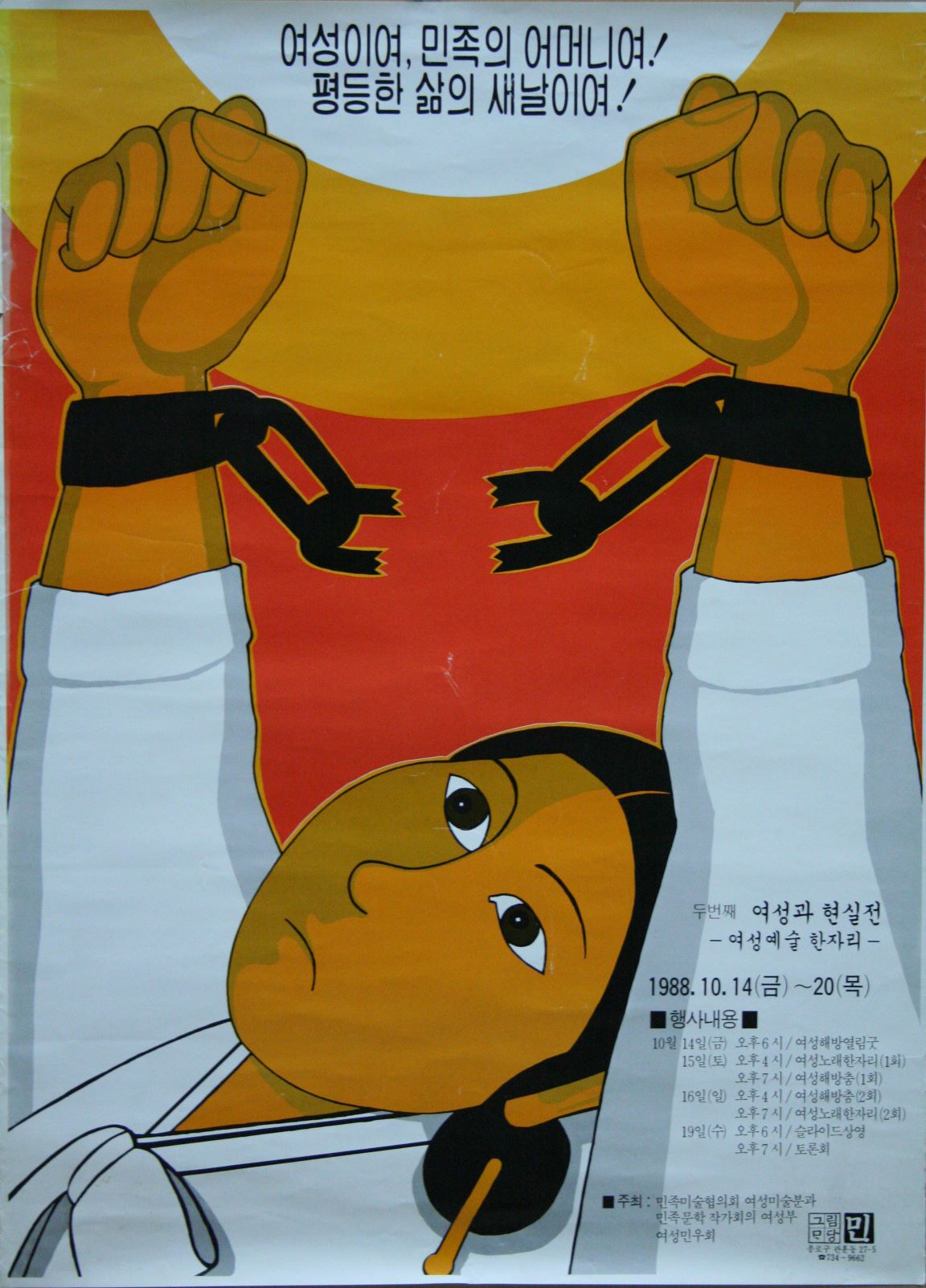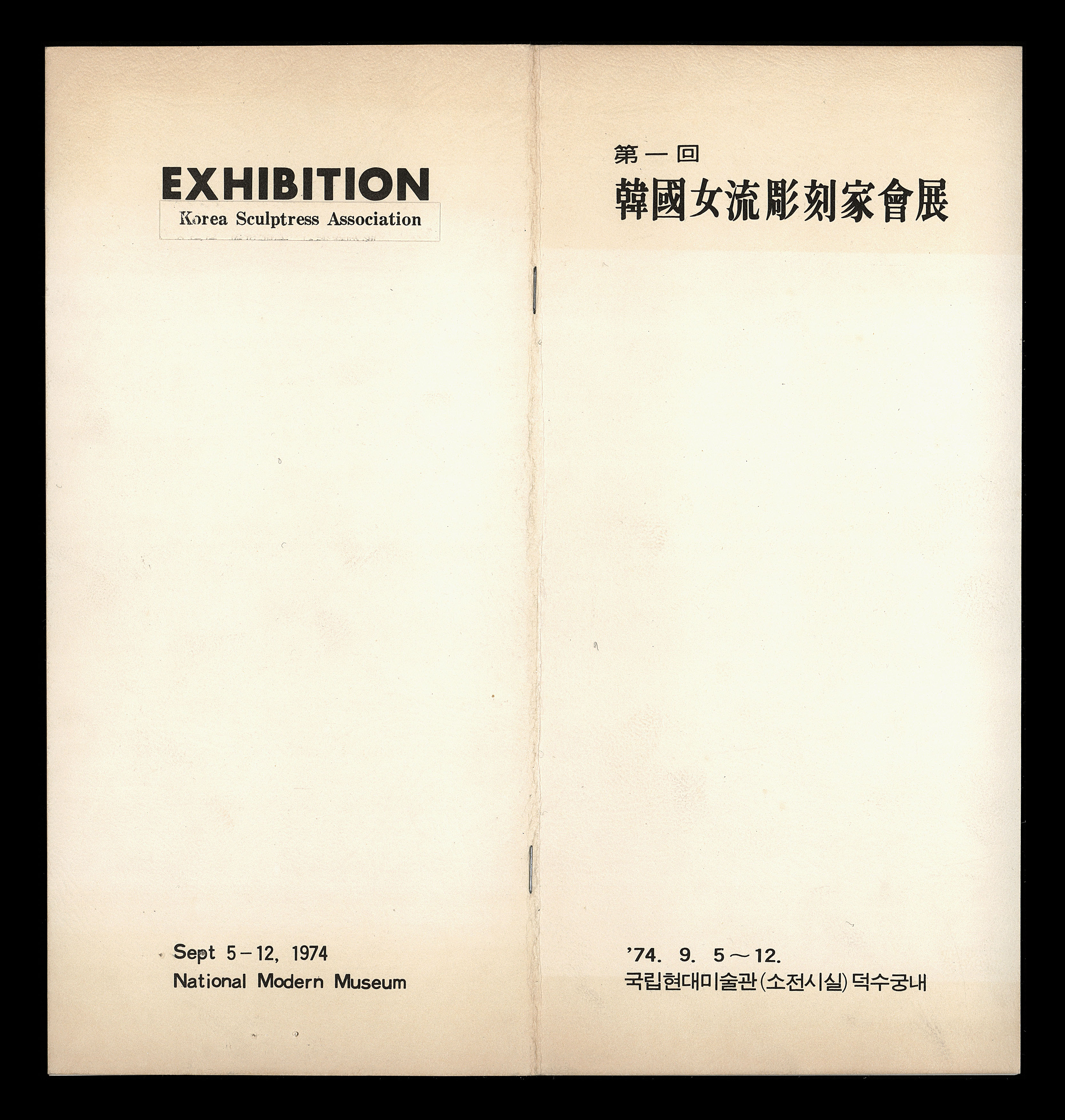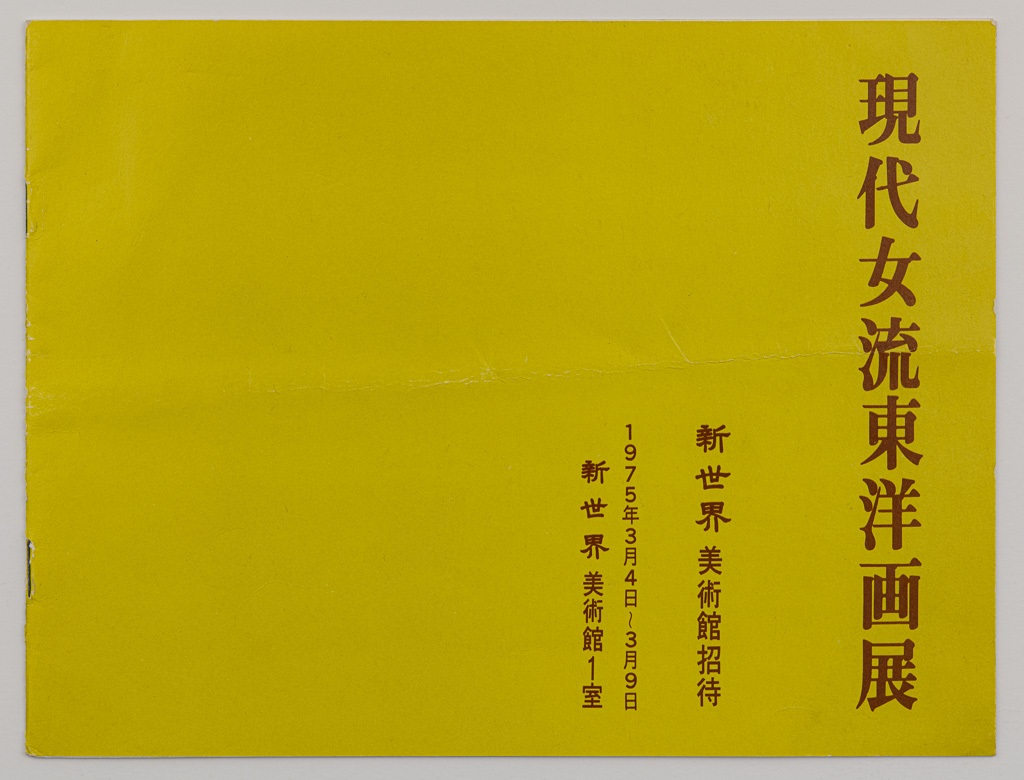
The Korea Woman Fine Arts Association Exhibition, Leaflet, 1973, MMCA Art Research Center Collection, Gift of Chang Chungsoon and Shin Youngok
Korea Woman Fine Arts Association
* Source: MMCA
Related
-

Women and Reality
Women and Reality was an annual exhibition staged from 1987 to 1994 and organized by the Women’s Art Division of the National Art Association (Minjok misul hyeopuihoe). Kim Insoon, Kim Djin-suk and Yun Suknam, founding members of the National Art Association in 1995, were aware of the patriarchal tendency within the Minjung art community, and the general indifference to gender issues. They founded the Women’s Art Division within the Korean People’s Artists Association in December, 1986, with other women artists, such as Koo Seonhwe, Kim Minhee, Shin Gayoung, Lee Kyungmi, Jung Jungyeob, Choi Kyungsook, and Moon Saem. These artists actively engaged with Women's Art [yeoseong misul] and organized an annual exhibition, titled ‘Women and Reality’, from 1987 to 1994. They planned exhibition tours around Korea. They renamed the Women’s Art Division, the Women’s Art Research Society [Yeoseong misul yeonguhoe] in 1988 to highlight its aim to continue to explore gender issues through art.
-

Feminist art
Feminist Art refers to any art practice conducted with a feminine consciousness and gender equality awareness. Emerging in the 1970s in the West and in the 1980s in South Korea, Feminist Art is mainly themed around awareness of gender-discriminatory culture, feminine sensibility, and femininity, all of which have been explored by feminist artists. Feminist Art has become a revolutionary force in expanding the definition of art by incorporating new media and perspectives into established art. It was also applied to a variety of fields, including painting, performance, photography, installation, new media, film, and craft. Korean Feminist Art came into being in the mid-1980s by female Minjung artists, such as Kim Insoon, Kim Djin-suk, Yun Suknam, Park Youngsook, and Jung Jungyeob. From the 1990s onward, it evolved with a new generation of artists, including Lee Bul, ium, and Ahn Pilyun, who were influenced by postmodern culture, as main figures. A curator and administrator, Kim Hong-hee organized several exhibitions such as Women, the Difference and Power held in 1994, provided direction for Feminist Art through her research publications including Women and Art (Seoul: Noonbit, 2003), and discovered young artists. The most prominent Feminist artists in the 1990s were Yun Suknam, Park Youngsook, and Lee Bul. Young Feminist artists, who have been leading Feminist Art since the 2000s, include Song Sanghee, Yang Haegue, Chang Jia, and siren eun young jung. Ipgim, a feminist art collective that has been committed to social activism and artistic practices, organized seven of its own projects from 2000 through 2006.
Find More
-

Korean Sculptress Association
An organization established in 1974, for the purpose of nurturing the creativity and protecting the rights of Korean women sculptors and contributing to the development of modern sculpture in Korea. The inaugural exhibition was held in 1974 at the National Museum of Modern and Contemporary Art and the 33 artists that were featured included sculpture majors from Ewha Womans University, Seoul National University, and Hongik University. The goal of the group was to overcome the passive, self-limiting attitudes of women sculptors and to expand the sphere of their activities by building solidarity among women sculptors in a male-dominated field. Key members include Kang Bogyeong, Kang Seungju, Kim Gyeongmin, Kim Munyeong, Kim Sunim, Kim Yeon, Kim Jeongmi, Shin Eunsuk, Oh Gwiwon, Lee Saena, and Choi Eunjeong. The group continues today and holds annual exhibitions, invitationals, international exhibitions, and seminars.
-

Modern Women’s Eastern Paintings Exhibition
The Modern Women’s Eastern Paintings Exhibition was an invitational exhibition held from March 4 through 9, 1975 at Shinsegae Gallery. The Shinsagae Gallery stated that this exhibition was not just an exhibition simply intended to promote friendship among women artists, but an exhibition of selected female artists in their thirties who were active at the time, including three artists from each of the three art universities, namely, Seoul National University, Ewha Womans University, and Hongik University. The nine selected artists were Lee Insil, Hong Junghee, and Yang Jeongja from Seoul National University; Won Moonja, Oh Jungja, and Kim Jeonghui from Ewha Womans University; and Moon Eunhee, Kang Jaesun, and Lee Sookja from Hongik University. Except Kim Jeonghui, all the other artists had won multiple awards at the National Art Exhibition (Gukjeon). The displayed works were dominated by landscape paintings and bird-and-flower paintings, including Bird, A Cluster of Flowers, and Purple Flower by Kang Jaesun, Persimmon by Moon Eunhee, Sylvia and Riverside by Kim Jeonghui, Sunny Day and Lotus by Oh Jeongja, Afternoon and Monkey by Won Moonja, Mountain View from Suanbo, Rose, and Peacock by Hong Junghee. In the preface of the exhibition catalogue, Lee Kyungsung wrote that with the successive founding of women artists’ organizations, such as Woman Fine Arts Association [Yeoryu hwagahoe] in 1973 and Korean Sculptress Association in 1974, and the holding of a series of related exhibitions, “female artists, whose existence is faded or disconnected from dialogue by being sandwiched between male artists, have gathered and made their distinctive visual statements known to the world” and that the Modern Women’s Eastern Paintings Exhibition was designed in such an atmosphere. This exhibition is an example of how the art world still referred to women [yeoseong] artists as “yeoryu artists” in the 1970s.






